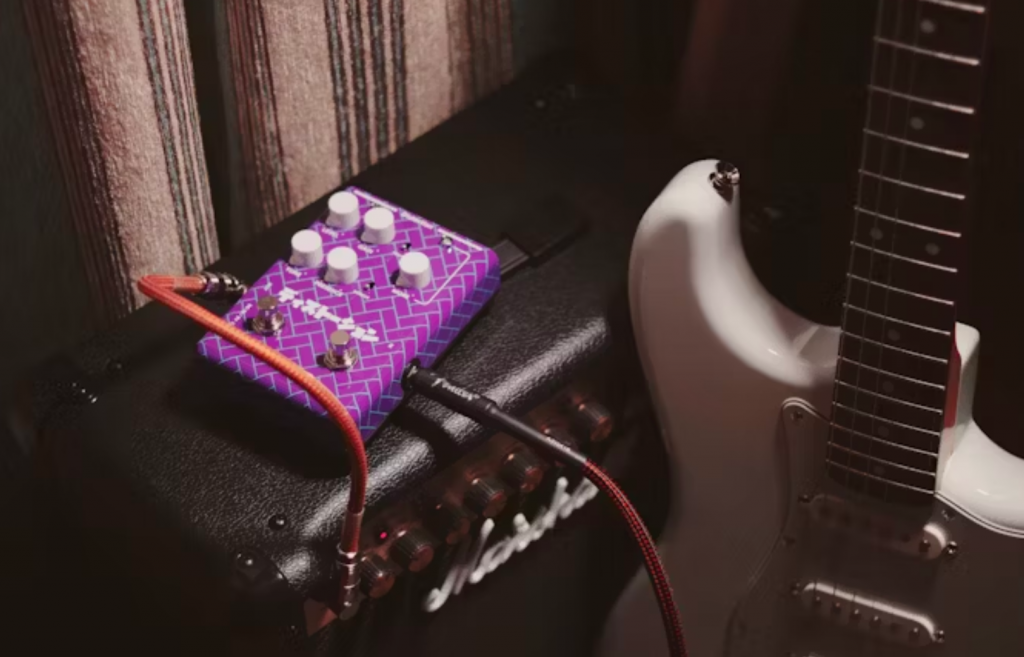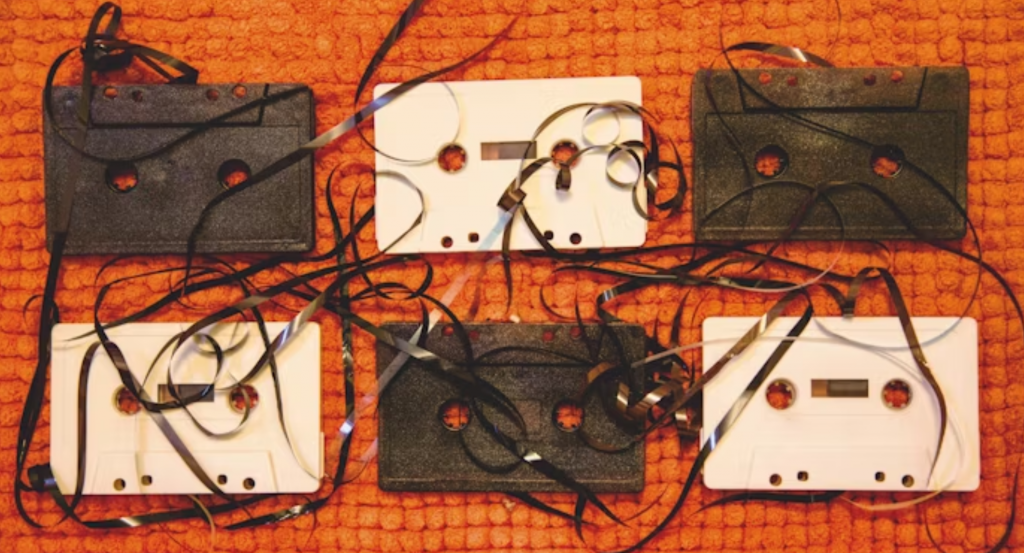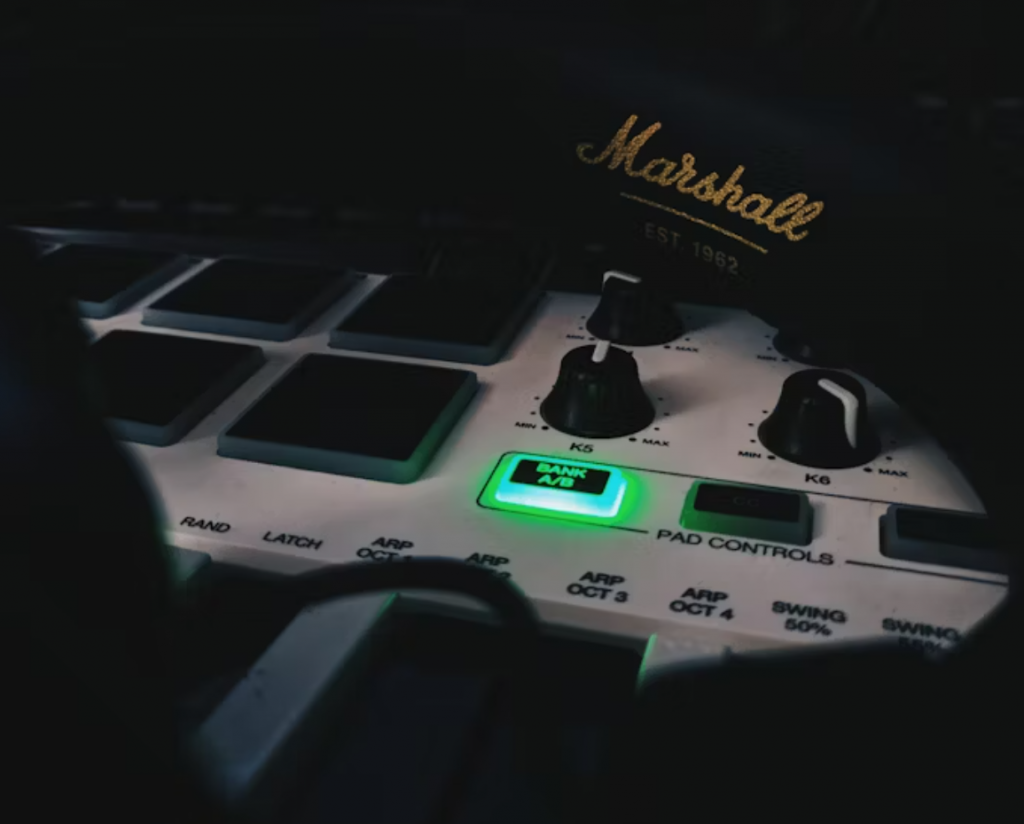Introduction
If you’re a guitarist looking to achieve that crushing, distorted metal tone, you’ve probably found yourself asking, “How do I get the perfect sound?” The answer lies in your pedal chain. Dialing in a metal tone isn’t just about slapping on a distortion pedal and cranking up the gain; it requires an understanding of the right pedals, their order, and how to adjust them to sculpt your ideal tone. In this guide, we’ll break down the secrets behind building a pedal chain for metal tone that will give your riffs the heavy, aggressive sound you’re after.
Understanding Metal Tone
Before diving into the technical side of pedal chains, it’s essential to understand what makes metal tone unique and how it differs from other genres.
What Makes Metal Tone Unique?
Metal tone is characterized by its heavy distortion, tight lows, cutting mids, and screaming highs. It’s all about aggression and power, yet it must remain clear and defined, especially when dealing with complex riffs and fast tremolo picking. Metal guitar tones are often thicker and more saturated compared to other genres, which is why distortion pedals play such an important role.
Key Elements of Metal Tone
When dialing in a metal tone, there are a few key elements to focus on:
- Gain: A higher gain setting is necessary to achieve that heavy distortion, but it should never become so overwhelming that it muddies the sound.
- EQ Settings: A metal tone often emphasizes mid-range frequencies, but too much mids can sound honky. The right balance between bass, mids, and treble is crucial.
- Clarity: Despite the massive distortion, your tone must still have clarity, especially on lower tunings or fast riffs. This is where pedals like noise gates and EQs come in.
Importance of Pedal Chain in Metal Tone
Your pedal chain plays a critical role in achieving the right metal tone. Pedal order can drastically alter your sound, and knowing how to arrange your pedals will give you more control over your tone.
Why Pedal Order Matters
Pedal order is vital because each pedal affects the signal differently depending on where it sits in the chain. For instance, a distortion pedal before a delay will sound different from one after a delay, and this difference will impact how your tone comes across.
Common Mistakes to Avoid
One common mistake many metal guitarists make is placing their pedals in the wrong order. For example, distortion pedals after delay pedals can lead to muddy and unclear distortion. Similarly, running your reverb before your distortion will wash out the power of your tone. Understanding pedal order is key to shaping a precise and powerful metal sound.
Essential Pedals for Metal Tone
Now that we’ve established the importance of pedal chain and tone basics, let’s look at the essential pedals that you’ll need to create your perfect metal sound.
Distortion and Overdrive Pedals
These are the backbone of metal tone. Distortion pedals add grit and aggression, while overdrive pedals offer a more subtle crunch. For metal, you’ll likely need a high-gain distortion pedal that can handle heavy chugging and fast palm muting. Brands like Boss, Mesa Boogie, and Ibanez offer excellent options.
EQ Pedals
An EQ pedal allows you to fine-tune the frequencies in your signal. For metal, you’ll want to tweak the mids to find that perfect cutting sound while ensuring your lows don’t become too flabby. EQ pedals are especially useful for sculpting your tone to fit your amp and guitar.
Noise Gate Pedals
Metal is all about precision, and noise gates help eliminate unwanted hum and noise from your signal, particularly when using high-gain distortion. A noise gate can help tighten up your tone and keep things sharp.
Reverb and Delay Pedals
While not always the primary focus for metal tones, reverb and delay can add dimension and depth. Reverb can be used subtly to give your tone space, and delay can create atmospheric effects, especially in solos.

Building Your Pedal Chain
Once you’ve gathered your essential pedals, it’s time to build your pedal chain. The order of your pedals will dramatically affect the outcome, so let’s explore how to put them together for the best metal tone.
Ideal Pedal Order for Metal Tone
A typical metal pedal chain looks like this:
- Tuner Pedal – First in line to ensure your guitar is in tune.
- Noise Gate – Helps remove any hum and clean up the signal.
- Overdrive/Distortion – The core of your tone.
- EQ Pedal – Used to shape your tone by cutting or boosting frequencies.
- Modulation Pedals (Chorus/Flanger) – For extra texture, though they’re optional for most metal styles.
- Delay/Reverb Pedals – To add atmospheric effects.
- Amp – Your amp is the last part of the chain to amplify the signal.
How to Experiment with Pedal Placement
While the above order is standard, don’t be afraid to experiment. Placing a delay before a distortion pedal can yield unique, feedback-driven effects, while reversing the order of your EQ and overdrive pedals can create different tonal results.
Fine-Tuning Your Tone
Once your pedals are in place, it’s time to adjust the settings for the optimal metal tone.
Adjusting Pedal Settings for Optimal Tone
Begin by setting your distortion or overdrive to a moderate gain level. From there, adjust the EQ to enhance or cut specific frequencies. For metal, boosting mids will help your tone cut through the mix, but don’t overdo it or your tone will become honky.
The Role of Amp Settings in Shaping Metal Tone
Your amp settings are just as crucial as your pedals. Typically, for a metal tone, you’ll want to keep the bass fairly high for depth, but be careful not to make it too boomy. Mids should be slightly scooped for that classic metal sound, while treble should be adjusted to ensure clarity without being harsh.
Advanced Pedal Techniques for Metal Tone
For advanced players looking to really push their tone to the next level, there are some additional techniques to experiment with.
Using Multiple Distortion Pedals
Some metal guitarists use two distortion pedals in series to create a thicker, more saturated tone. This method can give you more control over your distortion and allow for unique tonal combinations.

Parallel Effects and Tone Shaping
Parallel effects involve splitting your signal and applying different effects to different parts of the signal path. This allows you to blend various effects like distortion and reverb in unique ways, giving your tone more depth and complexity.
Conclusion
Dialing in the perfect metal tone is both an art and a science. By carefully selecting the right pedals and arranging them in the correct order, you can shape a sound that perfectly suits your style. Don’t be afraid to experiment and fine-tune your settings until you find the ideal balance of distortion, clarity, and aggression. Whether you’re playing in a heavy doom metal band or shredding in a thrash outfit, the right pedal chain will elevate your tone and help you achieve the crushing sound you’ve always dreamed of.
Frequently Asked Questions
1. How do I get a heavier metal tone? To get a heavier tone, focus on using high-gain distortion pedals, while keeping your EQ settings balanced to avoid muddiness. Tightening your noise gate settings can also help keep your tone precise.
2. Should I use an overdrive or distortion pedal for metal? Both can work, but distortion pedals typically offer the higher gain needed for metal tones. However, some players combine both for a fuller sound.
3. Is it necessary to have a noise gate pedal for metal? Yes, a noise gate is crucial for removing unwanted noise and hum, especially when using high-gain settings. It helps tighten up your sound and keeps it clean.
4. Can I use a delay pedal for metal? Yes, a delay pedal can be used for atmospheric effects, particularly in solos or intros. Keep it subtle to avoid muddying your tone.
5. What’s the best order for metal pedal chains? A typical order is: Tuner → Noise Gate → Overdrive/Distortion → EQ → Modulation → Delay/Reverb → Amp. This helps ensure your tone stays clean and powerful.


Leave a Reply